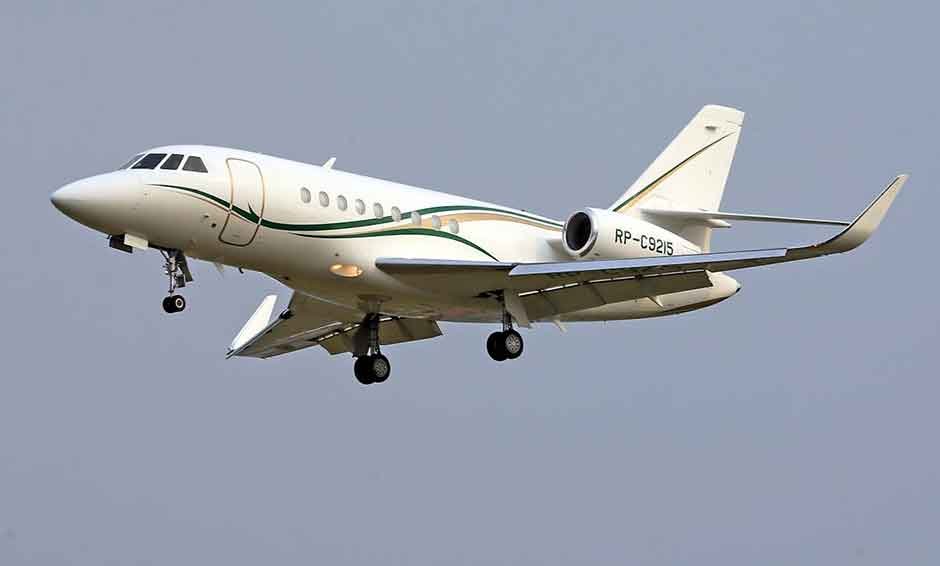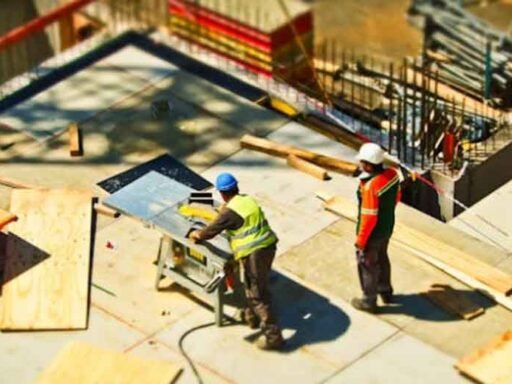Aviation businesses are constantly faced with the challenge of maintaining aircraft while managing high operational costs. Technological developments allow businesses to have innovative ways to cut costs without sacrificing efficiency or safety. Modern innovations—from predictive maintenance to 3D printing—are transforming the sector by maximizing part sourcing, increasing durability, and hence boosting general cost-effectiveness. Adopting these technologies helps companies make sure airplanes stay in perfect shape and drastically reduce unneeded costs. These technical innovations let businesses allocate resources where they matter most and stretch their budgets.
Predictive Maintenance Eliminates Unnecessary Replacements
Conventional maintenance procedures frequently depend on planned examinations and reactive fixes, which raises expenses and necessitates part replacements. Driven by artificial intelligence and real-time data analytics, predictive maintenance alters this approach by spotting any problems before they become more serious. Constant monitoring of important components, sensors examine performance patterns and identify anomalies indicating wear or approaching failure. Using this data-driven strategy, companies only replace components when necessary, therefore extending their lifetime and cutting unnecessary expenditures. Operators base decisions on real component status rather than following strict maintenance schedules, reducing downtime and maximizing repair expenditures.
3D Printing Reduces Manufacturing and Supply Chain Costs
Developments in additive manufacturing have transformed aircraft component production. Businesses can produce strong, long-lasting parts using 3D printing technology for a fraction of the price of conventional manufacturing. Companies save the requirement for costly inventory and long lead times associated with the procurement of parts by printing components on demand. Manufacturing parts on-site also lessens reliance on outside vendors, empowering companies over production plans and expenses. Aerospace-grade 3D printing uses high-performance materials that guarantee these components satisfy strict durability and safety requirements.
Blockchain Technology Enhances Part Traceability and Reduces Fraud
Ensuring the authenticity of aircraft components is critical for safety and cost-effectiveness. Apart from major hazards, counterfeit or inferior parts cause financial losses because of regular replacements and legal fines. These issues are resolved by blockchain technology, which offers a transparent, safe method of tracking and verifying part histories. Every airplane component registered into a blockchain system gets a digital record including information about certification, origin, and maintenance history. This tamper-proof record guarantees that companies choose original, premium components without the risk of fraud. Simplified verification systems also help to speed maintenance operations by removing the need for extensive manual inspections, lowering administrative expenses.
Automation and Robotics Improve Efficiency in Aircraft Repairs
Robotic automation lowers labor costs and increases accuracy, revolutionizing airplane maintenance. Compared to manual inspections, automated inspection systems are more accurate at detecting corrosion, component wear, and structural defects because they use sophisticated imaging and machine learning algorithms. These robotic technologies perform thorough assessments in a fraction of the time, allowing companies to handle maintenance concerns more effectively. Beyond inspections, robotic arms fitted with precision tools help with part replacements and repairs, therefore guaranteeing constant quality and lowering human error.
Advanced Materials Extend the Lifespan of Aircraft Parts
High-performance alloys, composites, and coatings that greatly increase airplane component longevity have resulted from material science innovations. These sophisticated materials resist harsh environments, lowering wear and tear and prolonging the operating lifetime of important components. Lightweight composite materials and corrosion-resistant coatings, for instance, increase fuel economy while lowering part replacement frequency. Certain materials even have self-repairing qualities, automatically sealing small cracks and surface damage before they become worse. Investing in durable, innovative materials helps companies guarantee optimal aircraft performance and lower long-term maintenance expenses. These technical developments make purchasing aircraft parts more affordable, enabling businesses to maintain safety standards without overspending.
Conclusion
Technological advancements are changing the way businesses handle aircraft maintenance and parts procurement. Predictive maintenance helps to avoid needless replacements; 3D printing lowers manufacturing costs; blockchain increases traceability; automation increases repair efficiency; improved materials prolong component lifetime. By embracing these advancements, aviation companies can significantly cut costs while maintaining high safety and performance standards.






